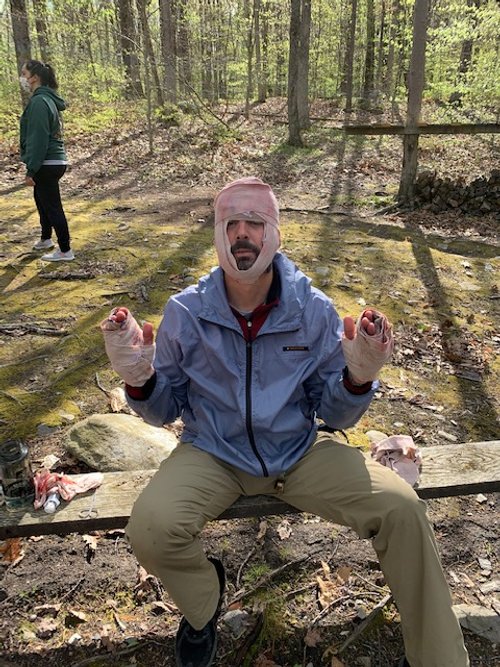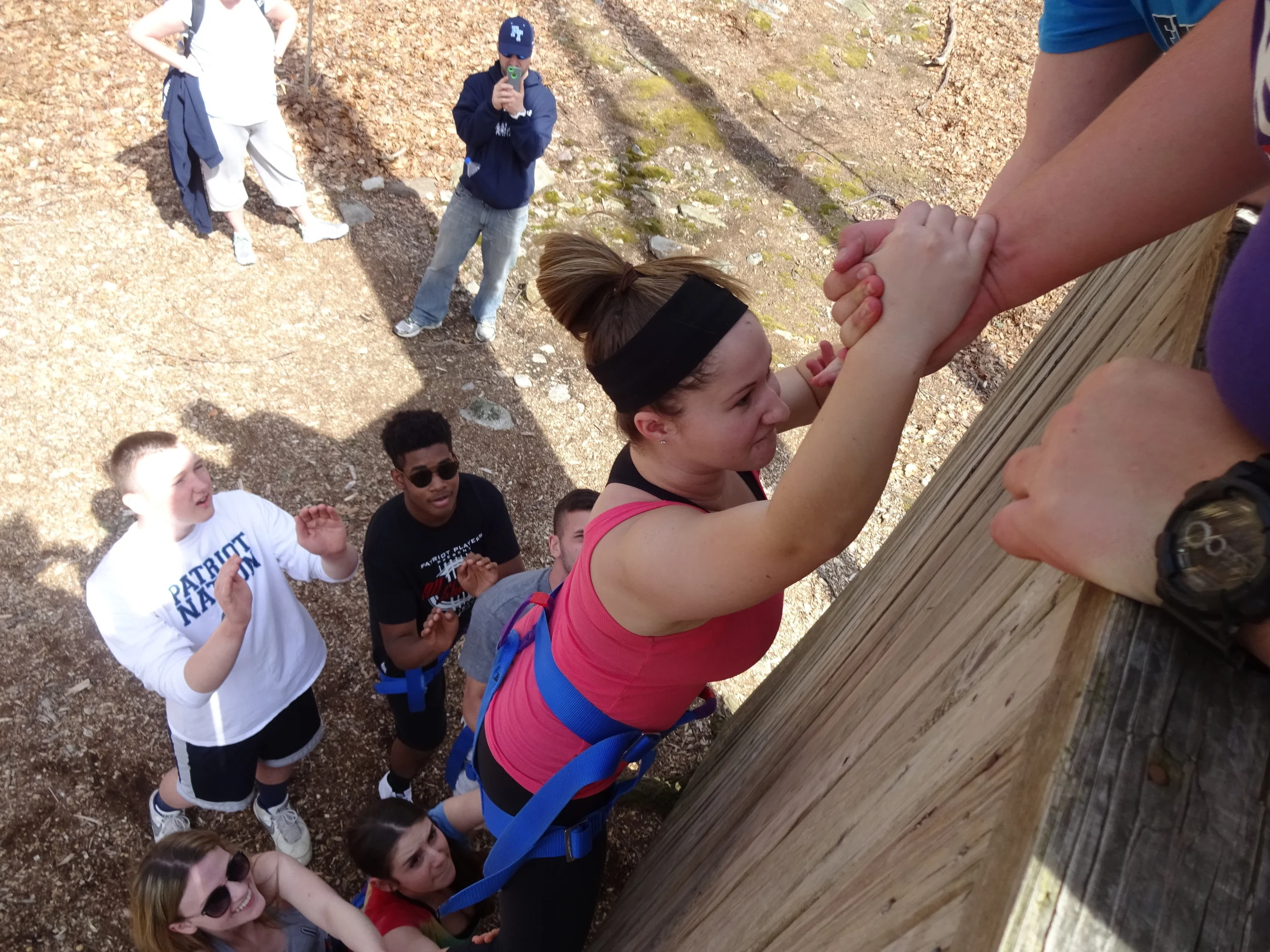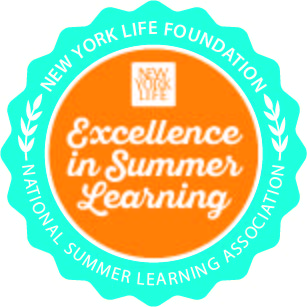Goals and Goal Setting
/Having goals is good. But setting attainable yet rigorous goals can be difficult. The situation in which goals are determined and the purpose for which they are set can also differ. Is there something you need to accomplish as part of a team, organization, or group? Or is there something you aspire to personally? As the new year approaches you have probably jotted down a few goals for yourself!
Goal setting is important. In the classroom, goal-setting drives students to be more self-motivated and helps them to focus their efforts in order to accomplish the goal. In many classrooms across the United States, it is best practice for the instructor to have a learning target displayed and explained for every lesson. The learning target is designed to be understood by students and direct the learning agenda. The instructor may refer to the learning target at multiple points in the lesson to show how their activities will help them reach their goal.
“Student Goal Setting: An Evidence Based Practice”, an analysis created by the Midwest Comprehensive Center confirms the benefits that setting goals has to offer. We can see that setting difficult yet attainable goals attributes to deeper learning and understanding and that setting a higher-level goal will push students to higher levels of effort. When students perceive that they are making progress and accomplishing their goals they are further motivated to learn.
Goal setting has been proven to aid learning across all ages and academic ability.
Bloom’s Taxonomy is a tool used in education to help educators design thoughtful learning targets. It includes action verbs designed to create goals for specific learning outcomes and range in rigor. Bloom’s taxonomy categorizes cognitive processes into six levels. Starting from the basic level, Bloom’s Taxonomy sorts cognitive processes into these six categories:
Bloom’s Taxonomy
1. Remembering
2. Understanding
3. Applying
4. Analyzing
5. Evaluating
6. Creating
Each level lays the groundwork for students to climb to the highest level of learning.
PBC incorporates this best practice into its environmental education and Social Emotional Learning curricula. When students must work together to accomplish a goal, whether that goal is to climb a rock wall, canoe together, or identify invertebrates, they participate in breaking down and accomplishing the goals that have been set for them or by them. Our facilitators help them bring that learning home by asking the right questions that engage them in analyzing and evaluating their choices.
What are your goals for the new year?
Participants Get INstructed on How to Work together to maneauver their canoe























